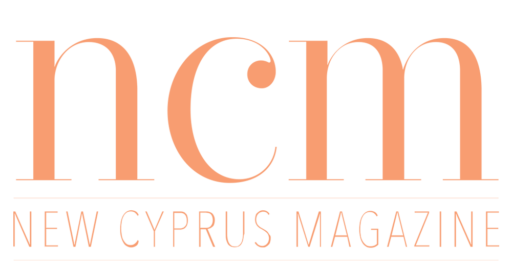Cyprus’s geographical position and good access to raw materials like copper and timber meant that the island played an important role in the ancient economy. Ships came from all over the eastern Mediterranean to Cyprus, where goods were bought and sold. Through the trade Cyprus came in contact with people from other cultures that contributed to the creation of the Cypriot culture. Among the nations who came to Cyprus through the ages Minoans from Crete, Mycenaeans from mainland Greece, Egyptians, Persians, Phoenicians and Greeks and Romans are mentioned.
A large selection of objects can be found at the Museum that shows how Cyprus had contact with the outside world.
The most important commodity for Cyprus was copper, which was exported in ingots shaped like stretched ox skin. Outside Turkey a shipwreck has been found from the Bronze Age, dating to 1300 BC. The ship had sailed from Cyprus carrying ten tons of Cypriot copper ingots and tin ingots of unknown origin. Of copper and tin one made bronze – a hugely important metal for the manufacture of tools and weapons.
Food such as wine and olive oil were also key commodities.
Cyprus’s complex identity evolved during millennia of external influences and local adaptation. The main characteristic of ancient Cyprus is that each period was influenced by various foreign cultures that recasted them into something of their own – something uniquely Cypriot.
Click here for part 1.
Click here for part 2.


